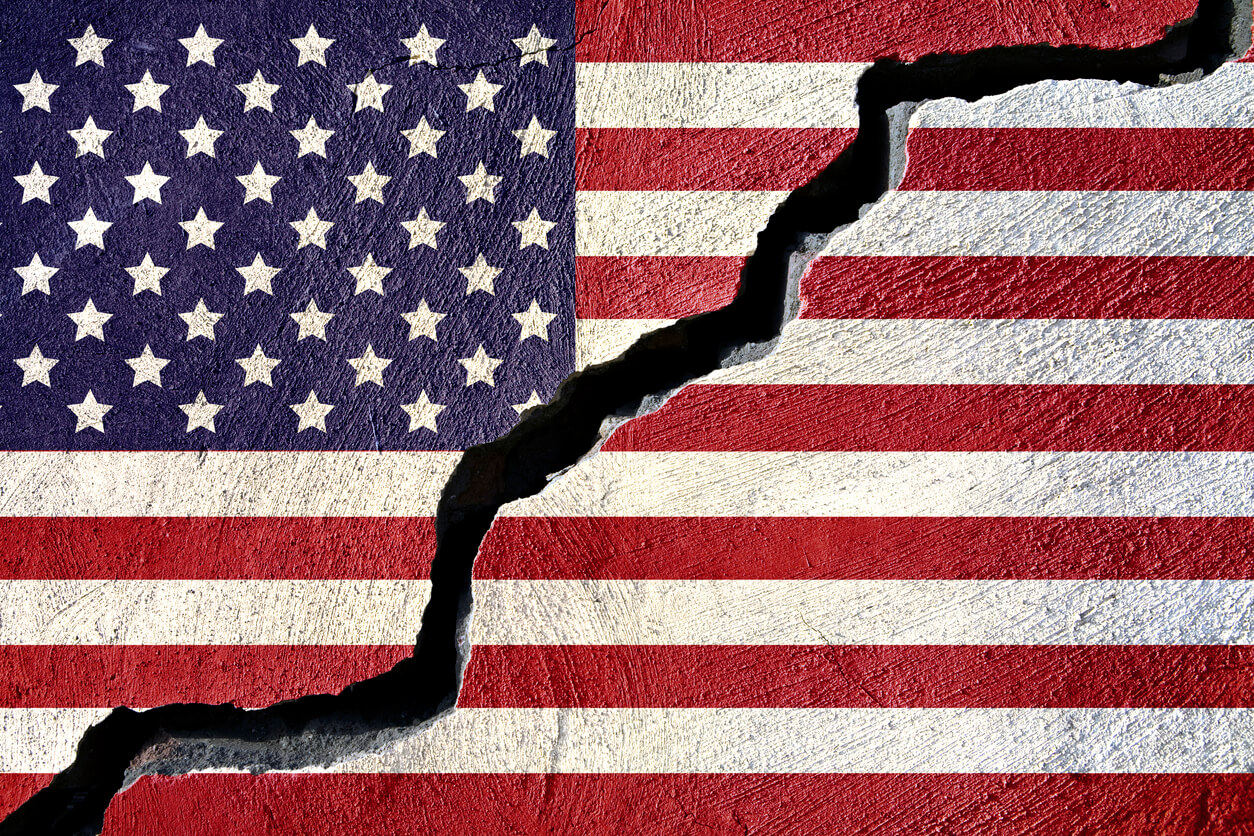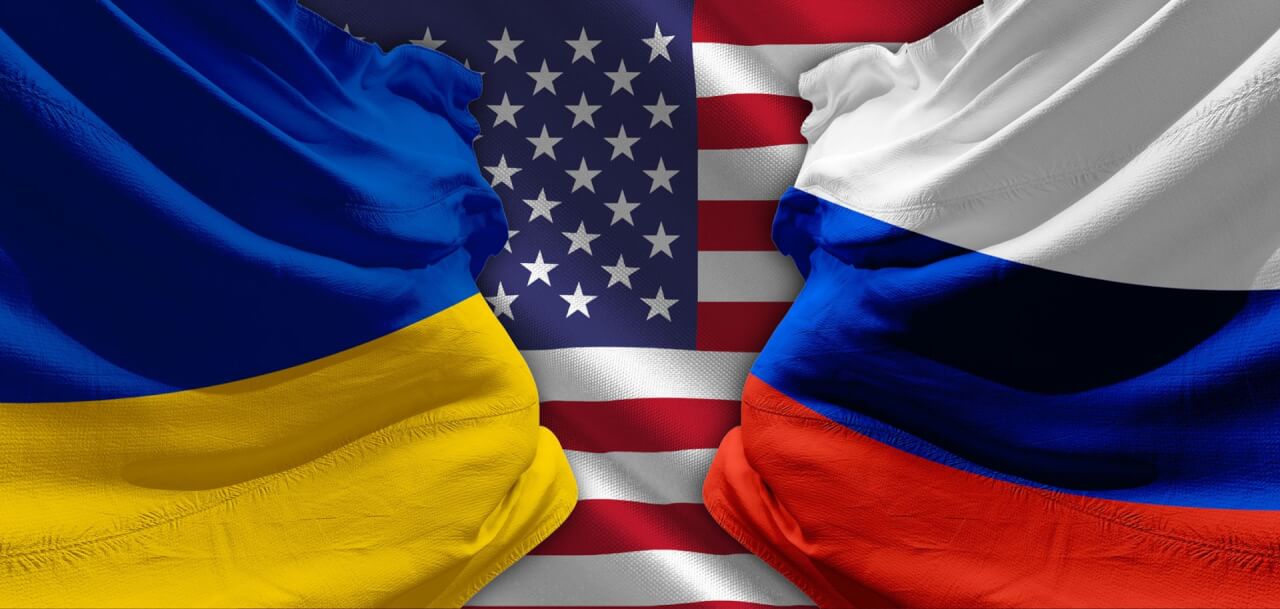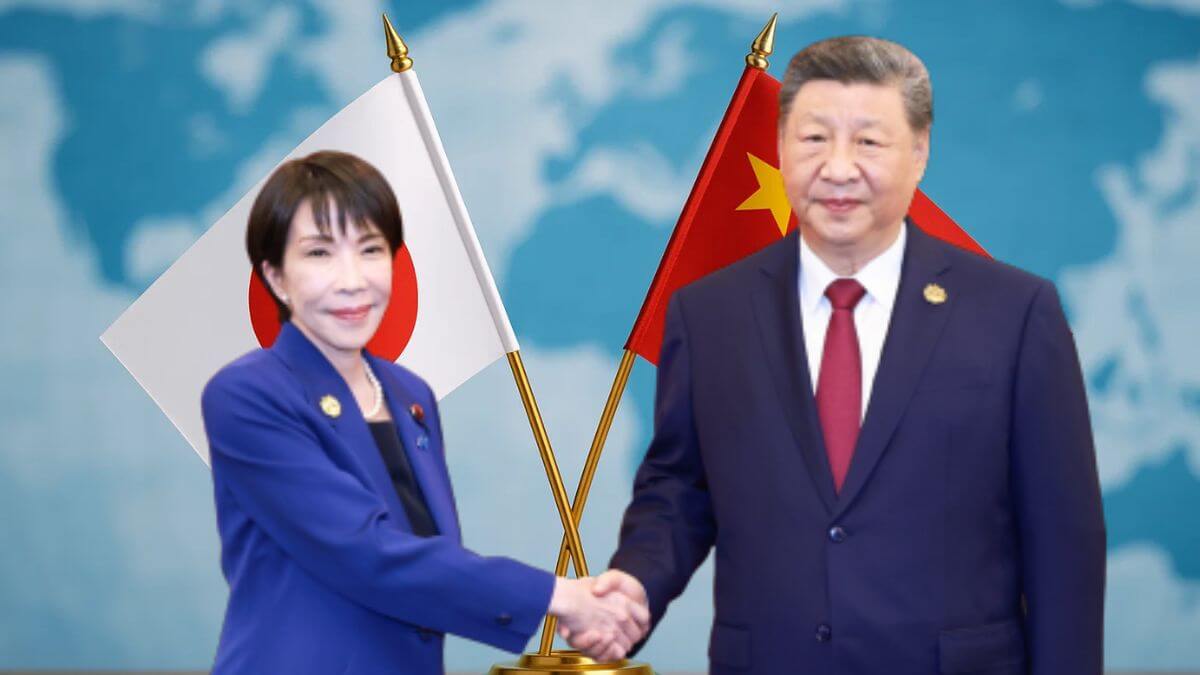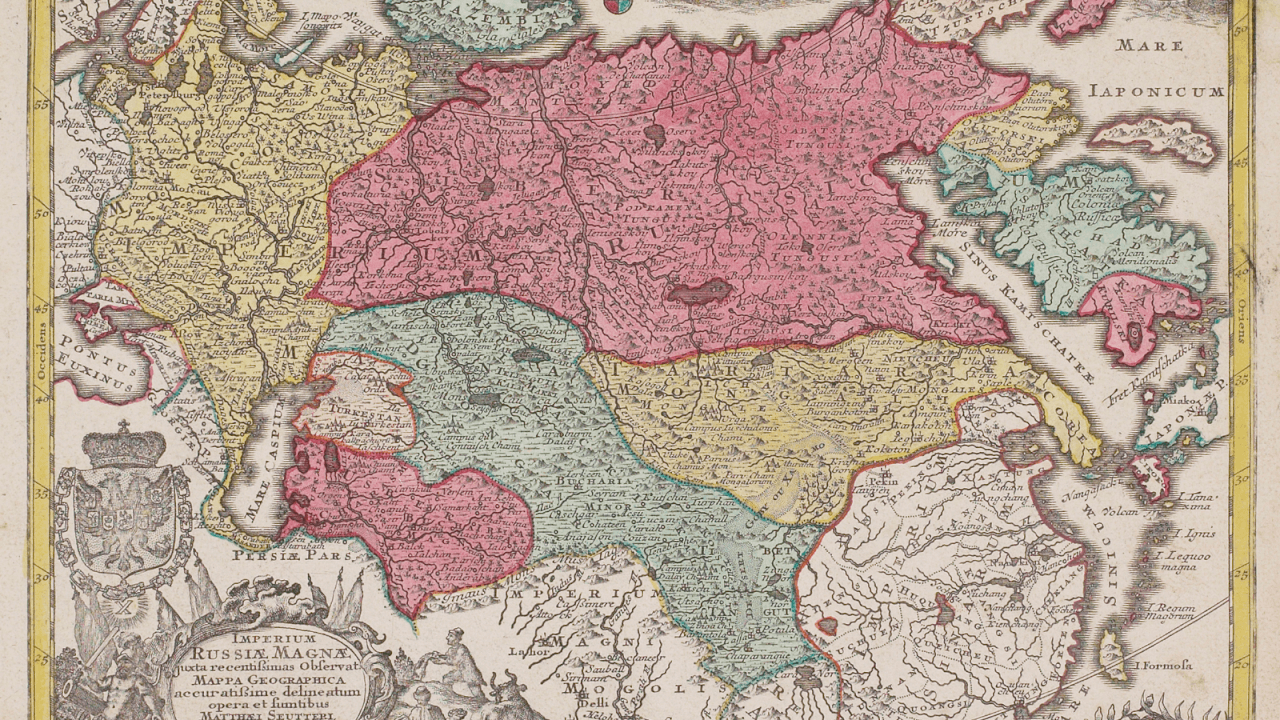Abstract
The United States of America (USA) is known for its economic power, but this power does not correspond domestically. Basically, the presence of the vast social stratification poses a generational problem. There are indeed policy agendas to stop this stratification, but the hard truth is that these policies were basically conducted to protect the interests of a few billionaires. This indeed does not exclusively affect the domestic affairs, but external relations as well, through polices of globalization, alliance politics, or “America first” agenda, which change rapidly from one administration to another. In this paper, the aim is to analyze domestic social problems and their effects on the US economic foreign policy abroad.
1. Introduction
When viewed from the outside, the US appears as a powerful, economically advanced, and unstoppable country. However, domestically, it is struggling with serious economic and political problems. Even during its most prosperous periods such as in 1960s, 1990s and early 2000s, these problems never completely faded away. And recently, with Donald Trump’s ascension to power for the second time in November 2024 elections, the problems might affect its position in the global economy. Indeed, analyzing these issues requires a comprehensive, historical, analytical approach.
The US is a capitalist state, but not just any ordinary capitalist state. For Giovanni Arrighi, the US acquired the hegemony from the British, triggering the fourth capital accumulation, establishing puppet/satellite states, expanding Multinational Corporations (MNCs) in several countries(Arrighi, 2010). But this also means establishing oligarchs in the American system who dominate the politics from behind (Streeck, 2016). So, it triggered the emergence of inequality domestically and abroad. The failing promises of the capitalist system are behind this phenomenon. For Arrighi, when the system failure triggers the end of accumulation, it coincides with the rise of the next cycle (Arrighi, 2010). For Wolfgang Streeck, the current collapse of the system would not coincide with a new cycle or replace it with something new, but rather continue with a lasting interregnum —a prolonged period of social entropy or disorder (Streeck, 2016).
For the American case, basically, the aim is to look at the inequality and underdevelopment both domestically and externally. While doing so, the unit of analysis will examine the American government’s policies globally, which swing between America First, Alliance Economics, and Globalization. So, the research question that will be answered is how significant the domestic problems within the US are and how they affect the American role in the international political economy. And, for this question, it was hypothesized that the inequality and underdevelopment in certain classes of the American society lead to populism and authoritarianism, which in turn affects its position within the global capitalist system negatively, from the position of “democracy promoter” to “inequality and autocracy promoter”.
In the first section, a brief summary of the history of inequality in the last 100 years will be provided, which has witnessed the rise and fall of US hegemony in capital accumulation (Arrighi, 2010). Then, the current domestic problems and their consequences to the US’s hegemony in the international system will be analyzed. These explanations will be grounded in the arguments of thinkers and scholars such as Giovanni Arrighi, Wolfgang Streeck, Branko Milanovic, and Thomas Piketty.
2. Understanding the Historical Inequality in the US
Measuring income inequality has always been an important topic for political economics. Typically, people assess a country’s development based on its Gross Domestic Product (GDP) per capita, but this metric does not tell the whole story. Measuring inequality requires the use of the Gini coefficient (Piketty, 2013). The US, among the developed nations, is one of the countries with the worst income inequality (Johnston, 2024). And the reasons are historical legacy, ranging from slavery, immigration problems, to Neoliberalism. From the beginning of the 20th century to the present day, income inequality unavoidably affected the government policies on taxation and labor, yet, it is important to look on some pivotal historical affects to clarify this issue.
2.1. Late 19th Century and Early 20th Centuries
In one statistic of the time, such as in the year 1915, “A statistician by the name of Wilford I. King expressed concern over the fact that approximately 15% of America’s income went to the nation’s richest 1%” (Johnston, 2024, n.p.). Milanovic puts attention to class-based inequality where wealth is only enjoyed by very few people (Milanovic, 2016). And it is correct that the problems in the US are structural and generational, as will be shown with other cases. For instance, at the time, a new income tax called the personal tax exemption was passed that made it necessary for the wealthiest to pay 3,000 taxes. Yet, the intention was not to redistribute wealth but rather to compensate for the lost revenues by reducing excessively high tariffs that the rich mostly benefited from.
The slavery too has a direct relation on current income inequality. For instance, there is a quite direct cross-state relationship between the Gini coefficient of land inequality in the year 1860 and income inequality in 2000 (Johnson, 2024). The relationship basically reveals a historical legacy that affected the current income inequality.
2.2. The Great Depression and Aftermath
The Great Depression (1929-1939) is the most serious economic crisis that the world has ever faced it created a situation as mentioned by Johnson “Though the Great Depression served to reduce income inequality, it also decimated total income, leading to mass unemployment and hardship. This left workers without much led to lose, leading to organized pressure for policy reforms” (Johnson, 2024, n.p.).
The progressive business interest groups of the time believed the crisis itself was caused by less-than-optimal aggregate demand, which emerged from low wages and incomes. These conditions led to progressive reforms of the New Deal.
The New Deal paved the way for the rise of union membership and better workers’ rights for a period of time. In one statistic, “In the three decades after World War II, up until the early 1970s, median compensation increased and labor productivity approximately doubled, increasing total prosperity while ensuring that it was shared more equitably” (Johnson, 2024, n.p).
As another significant dimension, the income inequality during the Great Depression decreased. Between 1930 and 1941, the wealthiest 1% took 15% of the wealth. However, this value dropped to 10% between 1942 and 1952. This period, during which the share of wealth was partially distributed, is therefore known as the Great Compression; yet it also had its own discrimination.
2.3. 1970s and Recent past
For Streeck, the modern capitalism has four phases that followed the crisis, in the 1970s, there was global inflation; in the 1980s, public debt reached the skyrocket levels that followed by the 1990s, rising private indebtedness; 2008 Financial crisis that led to the collapse of the markets (Streeck, 2008). For him, all three crises followed this pattern:
Inflation, public debt and the deregulation of private debt started out as politically expedient solutions to distributional conflicts between capital and labor (and, in the 1970s, between the two and producers of raw, the cost of which had ceased to be negligible), until they became problems themselves (Streeck, 2016, p. 16).
Since 2008, as mentioned above, the current era, is the fourth phase of the post-1970s crisis sequence, a long period of entropy caused by, in Streeck’s terms: three apocalyptic horsemen: Stagnation, debt, and inequality (Streeck, 2016).
The crisis basically results from the US’s inability to implement a good, efficient political agenda to fill the gap between social classes.
For instance, in 1965, a typical corporate CEO earned 20 times the earnings of the ordinary worker (Siripurapu, 2022). The era marked by shared prosperity was beginning to come to an end. The 1970s were marked by slow growth, high unemployment, and high inflation in the US. For Johnson “The policies that were adopted did result in a return to growth, but the main beneficiaries were those at the top of the income ladder” (Johnson, 2024, n.p.). Labor unions were particularly disadvantaged, and deregulation of the 1980s would harm these people the most, whereas the rich continued to enjoy their privilege. During the golden era of deregulation, namely the 1980s and 1990s, the tax on the wealthiest reached its lowest level since the Second World War. The results were the financial crisis of 2008,which largely shaped the world as it is today. For Piketty, annual growth does not necessarily mean that it is significant development, because, if it is looked at in the long term, like the last three decades, it actually creates a new form of inequality both domestically and globally (Piketty, 2014).
3. Current Inequality
Milanovic basically challenged the long prevailing idea that the richest in time would have surplus and as result would share some of their wealth with the lower classes, but Mialanovic opposes such notion and argues, even if there is a decrease in inequality, in time inequality would begin to rise again (Milanovic, 2016). Currently, we live in a system where capitalism is the only dominant system since the dissolution of the Soviet Union. Every nation adapts capitalism in some sense, but this creates class inequality within the state and spatial inequality among states (Milanovic, 2019). In the American case, the system is a sort of Liberal Meritocratic Capitalism that creates its own elites and triggers the inequality problem. By 2021, “the top 10 percent of the U.S. wealth, up from about 61 percent at the end of 1989. The share held by the next 40 percent fell correspondingly over that period. The bottom 50 percent (roughly sixty-three million families) owned about 2.5 percent of wealth in 2021” (Siripurapu, 2022, n.p.).
The inequality even surpasses that of other developed countries. Indeed, these are the products of the first Great Recession from 2007 to 2009, which caused incomes to fall. The COVID-19 pandemic further triggered the largest and most significant amount of unemployment in not just American history but in the entire modern history (Siripurapu, 2022). The reason is that the US government has a diminishing capacity to respond to social problems. The area that policymakers spend less time on is redistributive issues (Epp, 2017). Because “This is an area where wealthy interests are much more likely to favor the status quo than other Americans” (Epp, 2017, p. 12). The social welfare programs, including social security and other assistance programs, receive the least attention.
In the Keynesian era of the 1960s, inequality was low, but the three crises of 70s, 80s, and 2008 basically widened the gap and led to the strengthening role of the American billionaires, or in Streeck’s terms, “American oligarchs” (Streeck, 2016).
4. American Oligarchs
According to Streeck “American oligarchs, unlike their counterparts in other societies like Ukraine or Russia are of a ”non-ruling” type, since they are content to live alongside a public bureaucracy, a state of law, and an elected government run by professional politicians” (Streeck, 2016, p. 29). Essentially, American billionaires and oligarchs were able to perpetuate inequality despite the existence of political democracy. The oligarchs of Russia and Ukraine typically take their money out of their countries to escape to cities like New York and London, whereas American oligarchs have both a cosmopolitan and a patriotic worldview. They extract their money from the global market, especially from the poor regions of the world, and bring it to the US. They consistently raise their voice to ensure that their interests remain safe within the borders of the US (Streeck, 2016). A CEO can earn 278 times as much as their employees in the US today (Sumar, 2022).
By 2021, the richest 1% of Americans owned 34.9% of the country’s wealth, by comparison, the UK’s wealthiest 1% owned 22.6%, and Germany owned 18.6% of their country’s wealth, respectively. The American system generates a new billionaire every 26 hours (Sumar, 2022). At the global level, 10% of the people own 76% of the wealth, a concerning value which shows that a domination of the minority over the majority’s social and economic lives. Elon Musk is indeed the world’s richest, who owns Tesla, SpaceX, and the social media platform X. For Fatema Sumar, “Globally, inequality is so extreme that the world’s 10 richest men possess more wealth than the 3.1 billion poorest people” (Sumar, 2022, n.p.). For Milanovic, the world’s 1 percent of the rich basically dominates the others (Milanovic, 2016). These values were taken during the Biden administration, a time that appears to be saving the inequality, democracy, and improving the global image of the US. Considering the Gini coefficient, for instance, according to one statistic, it was measured at 0.47 by the year 2023 (Tierney, 2024). Not very pleasant values to begin with and might be considered as the reasons for Trump’s return. So, in this context, a question arises about which path the US would take in the future for the global economy, because billionaires have affected the foreign relations and Trump now directly controls the system. In the next section, three possible ways that await the US hegemony in the global system will be discussed.
5. The Question of What Should Be Expected on US Foreign Economic Policy
The internal problems regarding political governance and economic issues indeed reflect themselves in the global political economy. The sharp inequality is a result of the years of failed promises of Neoliberalism, which ultimately led to discontinuity and change in US foreign policy. So, there are three ways that the US is expected to follow in the future.
5.1. America First
“America First” economics emerged in the last decade with the election of Trump in 2017, and currently since January 2025. Basically, this approach is based on tariffs and non-tariff barriers to protect import-sensitive US industries; buying American provisions to encourage purchasing of domestically produced goods, incentives to reshore supply chains in the US, reticence towards new multilateral trade and investment agreements (Chivvis and Kapstein, 2022). So, it aims protecting jobs and creating new ones, as well as reducing the dependency on American adversaries such as China. After all, since the 2008 financial crisis, an enormous skepticism has been present towards globalization within the US society. However, the issue here is “The economic effects alone would further weaken U.S. global power in a relative sense, especially if taken to an extreme” (Chivvis and Kapstein, 2022, p. 6). The approach might also, in the long run, reduce the US’s foreign economic influence, which, in the long term, is a significant reason for the US’s global hegemony. The US economic dominance is not just the result of the overall size of the American economy; it is also consequences of presence of US firms and capital throughout the world and promises other companies to access the US market, with America first approach, there is a limit that put on the market access to foreign investment. So, if “America First” were the new permanent approach, it might mean that non-American firms would find a new destination, such as China. However, this policy is not the only possible future policy.
5.2. Alliance Economics
The key idea behind this policy is to keep the US’s foreign relations with its key allies and partners strong through restructuring US trade and investment towards countries which is crucial for American geopolitical interests. This policy, in fact, is not a new phenomenon. As a matter of fact, Article 2 of the North Atlantic Treaty requires its members to encourage all sorts of economic collaboration between them. The US and European trade and investment ties up until recently had remained very close. The Alliances also proposes a framework for large defense undertakings, such as the F-35 Joint Strike Fighter. This approach does not exclude putting tariffs. The tariffs, in this case, are preferential rather than applied to all countries. In this case, it is kind of challenging for the World Trade Organization (WTO) because the US, by this policy, might offer investment and trade agreements with allies and impose tariffs on adversaries. So, it reinforces regional free trade agreements, but not the institutionalized organizations such as the WTO. However, the problem with this policy lies in its implementation. Because:
Most current and prospective US allies are far from ready to reduce their economic interdependence with China, even if doing so would bring closer ties to the United States. As a result, if Washington attempted to build a global economy around its alliance structures, it might end up with half a loaf: its own economic ties oriented away from China, but not those of its allies (Chivvis and Kapstein, 2022, p. 9).
In short, this approach might not end up with stopping China’s economic rise and may not even protect the US technology from falling into Chinese hands given that China’s acquisition of allies takes place without the knowledge of US allies.
5.3. Globalization 2.0.
The final possible policy, yet very unlikely, would be the revival of globalization. By this logic, the US would reinstate its efforts to expand global free trade and worldwide investment and reinforce the key institutions such as the WTO. If Washington adopts such a policy, it would attempt to drop existing tariffs. The US would then join the Comprehensive Progressive Agreement for Trans-Pacific Partnership, new trade agreements and market expansion, an utopian approach.
Ha-Joon Chang and Ilene Grabel pay attention to the several myths about Neoliberalism that do not reflect the world’s realities. One myth, for instance, is the myth that “Neoliberal globalization could not and should not be stopped” Chang and Grabel, 2004, p. 25). However, this is not true of globalization as the process, which is not about the expansion of technology but is also highly dependent on the decisions of leaders. Another myth is “Neoliberal American model of capitalism represents the ideal that all developing countries should seek to replicate” (Chang and Grabel, 2004, p. 31). However, this is not entirely true, since the American model of capitalism collapsed during the 2008 period, accompanied by deindustrialization and the rise of rustbelt towns in the US, as well as the rise of the far right, who have nothing to do with globalization (Chang and Grabel, 2004). And also, many overseas countries, including its allies, may question the credibility and sincerity of the US’s commitment to multilateralism. Therefore, one may not expect the US to reinstate globalization 2.0, as such a possible model would likely face resistance both domestically and abroad.
Domestically, the political appetite in the US in favor of more trade agreements is limited, and the massive inequality within the US society has simply led to a low level of popularity. Therefore, it goes for the America First policy. Internationally, some countries, particularly China, wish to reform the open international system that would give them more weight than the US would never accept. Therefore, a possible globalization 2.0 is the least possible future consequences. As a result, only two options remain: Alliance Economics and America First. In the section below, the previous Biden Administration and Trump 2.0 will be mentioned to predict possible consequences.
6. “Bidenonomics” and Trump 2.0
So, to look at the revival of America first, it is important to look at the conditions under which Trump came to power. When Trump exited the White House in 2021, there was no actual break from the previous Trump administration. In fact, not only did Joe Biden keep Trump’s tariffs on China, he even further increased them. Also, “Bidenomics” introduced the Inflation Reduction Act (IRA). Despite the name’s mention of fighting against inflation, it rather dealt with broader global issues rather than inflation such as developing GDP per capita, global energy security, and tackling the climate crisis (Macfarlane, 2025). The package included major tax breaks and subsidies to reinforce manufacturing capacity; it also promised social suspending on housing, childcare, and healthcare, yet this was blocked by the Republicans and conservative Democratic senators.
The IRA basically helped bolster the economic growth of the US which was higher than that of the peer nations and reduced the inflation around 3 percent by the time of November 2024 elections. However, the problem is that the Americans could not feel it. Many Americans even believed the US was experiencing a recession. Because, the investments such as in clean energy have little to do with ordinary people’s lives, although there is growth in GDP it does not affect the Americans’ advantage in finding jobs such as in the areas of manufacturing and construction which were difficult (Macfalrane, 2025). As mentioned above, Piketty warned about this dilemma on GDP growth which does not imply a real sense of development in individuals’ lives (Piketty, 2013). Rather it can produce new forms of inequality. In fact, in the 21st century, there is even a decline in GDP growth too.
Utilizing this dimension, Trump’s return basically stands on eliminating the IRA which is evident by this outlook: “Trump’s vision for the role of the state looks rather different. He has already vowed to kill IRA’s climate measures, referring to the act as “the greatest scam in the history of the country” (Macfalrane, 2025, n.p.). This means that American economy in Trump’s vision “delivered growth to the world, but taxing the US. This has to change”. So, a kind of declaration of war on the old Neoliberalism that many considered as the new era for the revival of realism, Robert Gilpin mentions, for instance, that universalism is irrelevant but social determinism determines the way economics operate (Gilpin, 2001). The hegemony and operation of the world economy are dependent on powerful leaders and their political interests that shape the system.
In the American case, the hegemony of the protectionist oligarchs ushered a new era in the international political economy. Their interest currently “has taken state interventionism to a whole new level by threatening to seize territories belonging to other sovereign nations” (Macfalrane, 2025, n.p.). Seizing Canada and Panama is for protecting the US economic interests abroad, or acquiring Greenland is for the rare earth metals. So, basically this would be the new era, first there is domestic inequality problem that led to the election of Trump two times yet, his election would prove further deterioration ofglobal inequality and crisis in capitalism, after all he is the guy who targets millions of migrants and imposing over 100% tariffs on ten nations that form the BRICS bloc, Brazil, Russia, India, China, South Africa, Egypt, Ethiopia which at the same time hosts developed nations but also underdeveloped nations of the world. This situation reflected itself in a hegemonic crisis in the political economy (Arrighi, 2010). So, this sharp return of the “America First” policy and long-time instability for the global system instigated by corporatists, and even if a non-protectionist political view once again began to govern the US system, it might not abandon the Trump era approach due to the high level of dependency on geopolitical adversaries such as China.
7. Conclusion
In this work under the research question of how significant the domestic problems within the US and how does it affect the American role in international political economy was tried to be answered by giving historical information about inequality of the US, its current situation by mentioning the social stratification that which in turn led to the huge reaction of the people by electing protectionist Trump, that changed the course of the entire international political economy irreversibly. Answer to the questions above can be summarized as follows:
The vast stratification in the US is a generational problem that, the different administration since 1930s, made structural reforms, yet they were basically about short-term growth and protecting the oligarchic businessmen who has cosmopolitan worldviews, yet patriotic. The eventual 2008 crisis was the final straw to the problem where it was finally revealed the US all this time dealt with the world growth yet ignored the prosperity at home, which in turn triggered internal populism that are hostile to the global capitalist system.
As a consequence of this, hegemony of the US under the cause of globalization was in fact helping its main advisory China. Therefore, combined with the American society’s complaints on inequality and US’s losing ground against China, therefore protectionism became the new norm of the US, a total rupture from the previous globalization cause. This reflects one crucial reality: In Arrighi’s terms, a hegemonic crisis (Arrighi, 2010) or an entropy that would not last for long time (Streeck, 2016). Therefore, two scenarios has to be expected with respect to America First, Alliance Economics, Globalization 2.0: Obviously the Globalization 2.0 is not one of them since it is a too idealistic since and also evident that China had took advantage of the globalization and has a significant share currently, so returning the old liberal approach had already a failed from the start.
Therefore, based on the findings, two scenarios would possible; the America First would be the main and only foreign policy as long as Trump or other politicians that shares similar idea would dominate the system. Alternatively, even if Trump is not there, the Alliance economics still carry the legacy of Trump’s protectionism. This can be only be done by exclusively choose its allies who wants to continue work with, while ignore others through taxing and other means. This is currently evident in competition against China where traditional US allies and partners such as Japan, Australia, India’s value for the US is important instead of NATO allies in Europe. The time will tell how long will continue under this hegemonic crisis.
References
Arrighi, G. (2010). The Long Twentieth Century. Verso.
Chivvis, C. S. and Kapstein, C. E. (2022, April 28). US Strategy and Economic Statecraft: Understanding the Tradeoffs. Carnegie Endowment for International Peace https://carnegieendowment.org/research/2022/04/us-strategy-and-economic-statecraft-understanding-the-tradeoffs?lang=en
Epp, D. A. (2017). Policy Agendas and Economic Inequality in American Politics. Political Studies,66(4), 1-18.
Gilpin, R. (2001). Global Political Economy: Understanding the International Economic Order. Princeton University Press.
Macfarlane, L. (2025, January 20 ). How Trump 2.0 Could Herald a New Age of Authoritarian Capitalism. Open Democracy https://www.opendemocracy.net/en/trump-second-term-new-age-authoritarian-capitalism-china-musk/
Milanovic, K. (2019). Capitalism, Alone: The Future of the System That Rules the World. The Belknap Press of Harvard University Press.
Milanovic, K. (2016). Global Inequality. The Belknap Press of Harvard University Press.
Piketty, T. (2014). Capital in the Twenty-First Century. The Belknap Press of Harvard University Press.
Tierney, A. (2024, September 16).Household Income Distribution According to the Gini Index of Income Inequality in the United States from 1990 to 2023. Statista. https://www.statista.com/statistics/219643/gini-coefficient-for-us-individuals-families-and-households/
Siripurapu, A. (2022, April 20). The U.S. Inequality Debate. The Council on Foreign Relations.https://www.cfr.org/backgrounder/us-inequality-debate
Streeck, W. (2016). How Will Capitalism End?. Verso.
Sumar, F. Z. (2023, January 2). Why Inequality is Growing in the US and Around the World. The Conversation. https://theconversation.com/why-inequality-is-growing-in-the-us-and-around-the-world-191642







